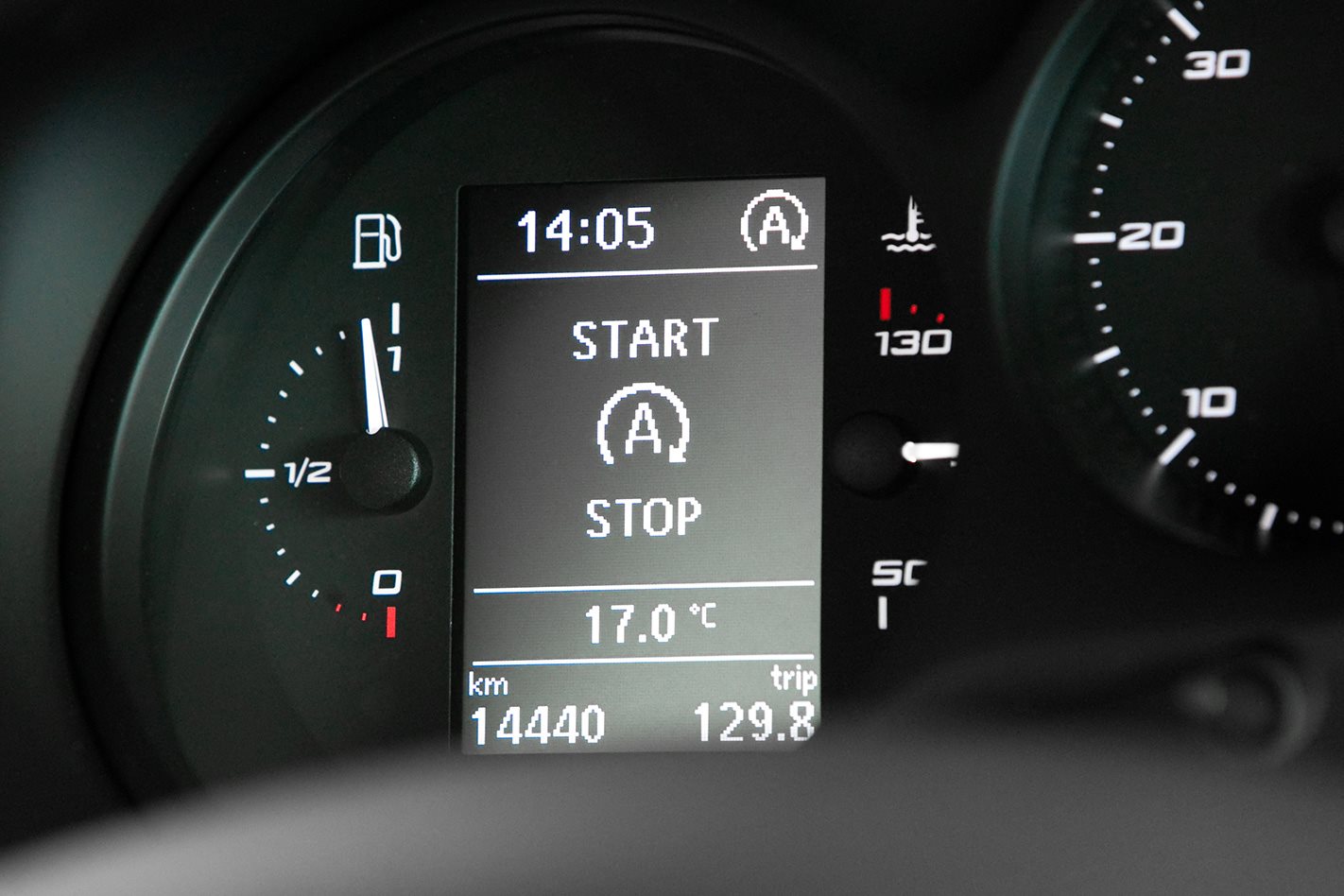
Stop-start technology is a recent addition to cars; all in the name of making them use less fuel and emit fewer tailpipe nasties. And while the concept is simple, there’s a bit to making it work in the real world.
Essentially, stop-start works by stopping the car’s engine whenever the car isn’t moving. So, if you’re stopped at a red light or stuck in a typical gridlock, the stop-start will shut down the engine so you’re using no fuel and emitting nothing from the exhaust. When you’re ready to go again, the engine restarts. Sounds simple, right? Well, there are some complications.
The first of these is that the car has to be ready to leap out of the way of anything threatening to run into it or even if you’re simply timing your run to scuttle across a busy intersection. So a car with stop-start needs a bigger-than-average starter motor to make sure it can crank the engine into life pronto. It also needs a battery that can cope with the extra stress.
Then there are the sensors required to give the system a degree of logic. If the engine is not at operating temperature, stop-start needs to be over-ridden. And if the battery is a bit low on charge, ditto. If the air-conditioning needs to keep running, the system has to deal with that and even if the car is creeping forward every few seconds in traffic, stop-start needs to understand that and modify its behaviour to suit.
Then there’s the annoyance factor. A lot of drivers find the constant stopping and starting a nuisance and immediately manually disable the system when they get in the car. Diesel cars tend to be the worst and the gruff, relatively vibey feel of a diesel engine is worst when it’s starting up.



